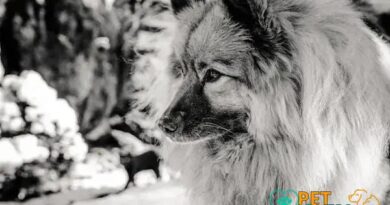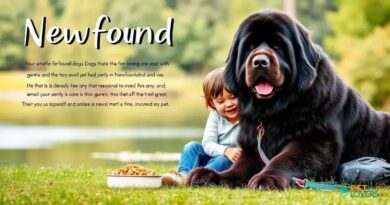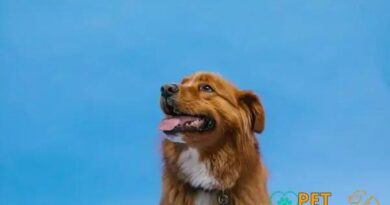What is Wrinkles
What is Wrinkles?
Wrinkles refer to the folds, ridges, or creases that can appear on the skin of various animals, including dogs. In the canine world, wrinkles are particularly prominent in certain breeds, such as Bulldogs, Shar Peis, and Pugs. These skin folds can vary in depth and size, often giving these breeds their distinctive appearance. Understanding what wrinkles are and how they affect a dog’s health is essential for any pet owner.
The Science Behind Dog Wrinkles
Wrinkles in dogs are primarily a result of the skin’s elasticity and the underlying structure of the dermis. As dogs age, their skin loses collagen and elastin, which can lead to increased sagging and the formation of wrinkles. Additionally, certain breeds have a genetic predisposition to develop more pronounced wrinkles due to their unique skin structure. This biological aspect is crucial for understanding how to care for wrinkled dogs.
Common Breeds with Wrinkles
Several dog breeds are well-known for their wrinkled appearance. The English Bulldog, for instance, is famous for its loose, saggy skin and deep facial wrinkles. Similarly, the Shar Pei is characterized by its numerous folds, which can cover its entire body. Other breeds, like the Pug and the Neapolitan Mastiff, also exhibit significant wrinkling. Each of these breeds requires specific care to maintain their skin health and prevent issues related to their wrinkles.
Health Implications of Dog Wrinkles
While wrinkles can be a charming feature, they can also pose health risks if not properly maintained. The folds of skin can trap moisture, dirt, and bacteria, leading to infections or skin irritations. Conditions like pyoderma and dermatitis are common in wrinkled breeds if their skin is not cleaned regularly. Therefore, understanding the potential health implications of wrinkles is vital for responsible dog ownership.
How to Care for Wrinkled Dogs
Caring for a wrinkled dog involves regular cleaning and maintenance of their skin folds. Pet owners should gently wipe the wrinkles with a damp cloth to remove any debris and moisture that may accumulate. It’s also essential to dry the folds thoroughly to prevent fungal infections. Regular veterinary check-ups can help monitor the skin’s health and address any concerns before they escalate.
Signs of Skin Issues in Wrinkled Dogs
Pet owners should be vigilant for signs of skin problems in their wrinkled dogs. Symptoms such as redness, swelling, excessive scratching, or a foul odor can indicate an underlying issue. If any of these signs are present, it is crucial to consult a veterinarian promptly. Early intervention can prevent more severe health problems and ensure the dog’s well-being.
The Role of Diet in Skin Health
Diet plays a significant role in maintaining the overall health of a dog’s skin, including its wrinkles. A balanced diet rich in essential fatty acids, vitamins, and minerals can promote healthy skin and coat. Foods that support skin health can help reduce inflammation and improve the elasticity of the skin, potentially minimizing the appearance of wrinkles. Consulting with a veterinarian about the best diet for a wrinkled breed is advisable.
Grooming Tips for Wrinkled Breeds
Grooming is an essential aspect of caring for wrinkled dog breeds. Regular brushing helps remove loose hair and dirt, while professional grooming can ensure that the skin folds are adequately cleaned and maintained. Additionally, using hypoallergenic shampoos can prevent skin irritation and keep the dog’s coat healthy. Grooming should be a regular part of a wrinkled dog’s care routine to promote skin health.
Understanding Wrinkle-Related Conditions
Some wrinkled dog breeds are prone to specific conditions related to their skin folds. For example, entropion, a condition where the eyelids roll inward, can be common in breeds like the Shar Pei. This condition can lead to irritation and requires surgical correction. Understanding these breed-specific conditions is crucial for pet owners to provide the best care and seek timely veterinary assistance when necessary.



